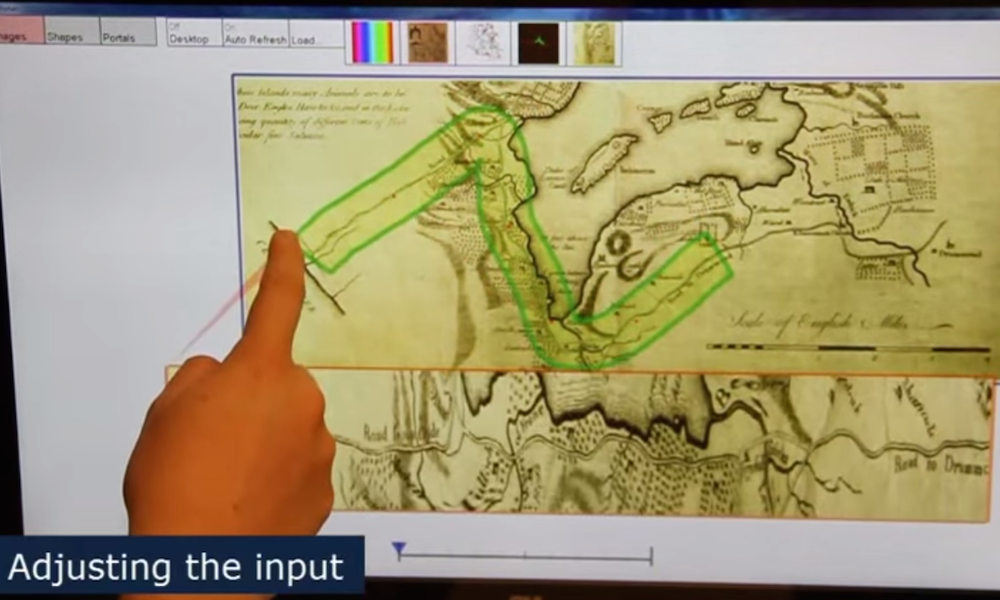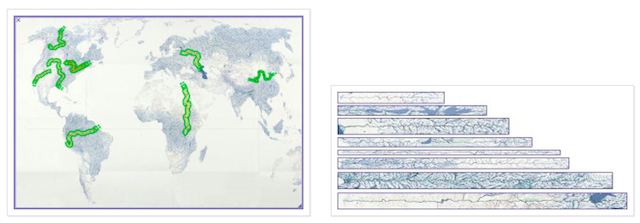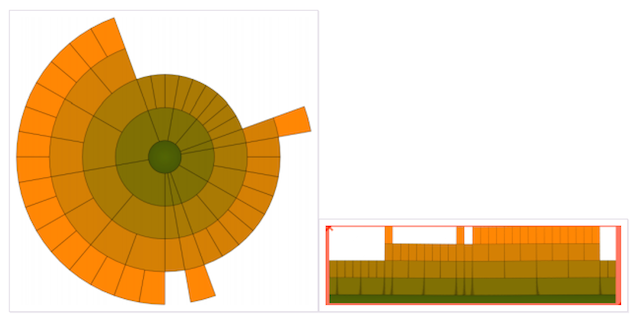I recently had the pleasure of meeting Miguel Nacenta, University of St Andrews, was one of the people behind the development of the FatFonts technique. Whilst chatting with Miguel he showed me a short video of another tool he has co-worked on developing called Transmogrifiers. I remember seeing the website a few months ago but I’d not truly appreciated what it was about until seeing the video: it is amazing stuff.
I asked Miguel to articulate what Transmogrifiers is about as I’m sure the technique and capability it offers will resonate with a lot of people out there.
A Transmogrifier is a tool to transform the presentation layer of existing information visualisations and maps in a flexible, quick way. The main idea is that it should be trivial to transform any graphic from one shape into another shape. For example, you might want to transform twisted routes on a map to straight lines (to compare their length visually), or a bar chart into a radial graph (to present in an orientation-independent graph). Transmogrifiers allow you to do this through a multi-touch or cursor-based interface without having to program anything, and with any image that you can find in the web or in your hard-drive.
Due to its flexibility, Transmogrifiers is a useful tool to prototype and test variations of existing visualisations. For example, you can very quickly simulate how your own visualisation could look with a Perspective-Wall applied to it, or with Magnification lenses of different sorts and types. Among the existing visualisation techniques that we have been able to replicate with Transmogrifiers in a matter of minutes, and without having to code are Perspective Wall, Melange, Mag Lenses, and Spirals.
You can try out the (Windows) software by downloading and installing transmog.exe and reading this simple manual describing the basics of operating it. There is plenty more information and sample galleries through the website.
Additionally, a more detailed account of the work can be found in the research paper: “Transmogrification: casual manipulation of visualizations”. In ‘Proceedings of the 26th annual ACM symposium on User interface software and technology. ACM, pages 97-106, 2013’. Authored by John Brosz, Miguel A. Nacenta, Richard Pusch, Sheelagh Carpendale and Christophe Hurter.



